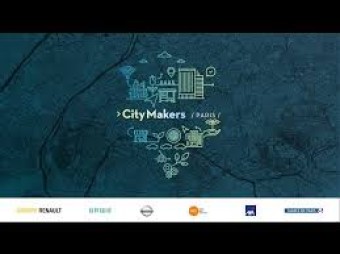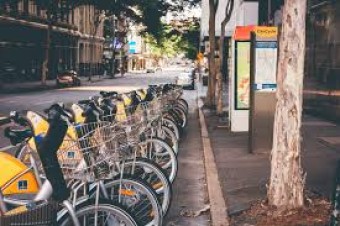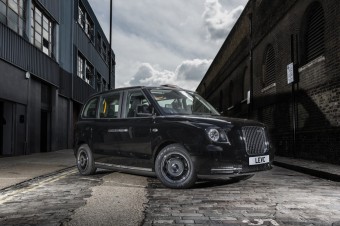Ford’s Chariot shuttles are expanding to New York City
Ford is adding its largest market yet for Chariot, the crowd-sourced shuttle service that it acquired last September. Chariot began operations in San Francisco, where the former startup ran commuter routes of its branded transit vans, and expanded to Austin after that. In August, it’ll begin service in New York City, with two debut routes running from the Lower East Side to Midtown in Manhattan, and from Greenpoint to Dumbo in Brooklyn.
Chariot’s goal is to supplement existing transit solutions, addressing gaps in transit and completing commuter options with first- and last-mile additions, or with routes for underserved areas. Riders can check routes in the Chariot app, and even propose their own new routes that contribute to the company’s crowdsourcing efforts in determining how best to serve actual user needs.
Chariot CEO Ali Vahabzadeh told me in an interview that he believes this is “a pretty opportune time for Chariot to introduce its reliable and accessible services in New York,” hinting at the frequency and severity of service disruptions we’ve seen in the city this summer so far. Chariot’s goal is to supplement existing options with flexible, fluid routes that respond quickly to rider needs, servicing areas with shuttle vans that hold over a dozen passengers. Theoretically, the flexibility of its model allows it so help compensate for prolonged service outages on regular public transit lines.
The initial lines were chosen through partnership with Ford’s data analytics team, Vahabzadeh explained, which looked at multiple factors and ran a multi-step narrowing process to identify the best starting points for expanding to the city. “LES and Greenpoint are two very high-growth boroughs that haven’t historically had a lot of public transit alternatives,” he said.
And while Chariot has been working with New York’s Taxi and Limousine Commission (TLC) to make sure everything its doing is “licensed and above board,” Vahabzadeh also suggested the two are not working in any kind of close collaboration at this stage. He said Chariot’s first goal was to “get the service and the product out there and to prove to all stakeholders involved what Chariot is really capable of.” “We like to do first and talk second,” he said. “We think conversations will develop and evolve after we launch.”
Ford’s Jessica Robinson, Director of City Solutions, noted that the automaker often encounters confusion about why it’s working on urban transportation solutions like this one that are normally left to city services. She said that the company actually has a long history of wanting to help people get around, and that all that’s changed is the form that goal has taken.
“It’s a natural extension of what we’ve always been out to do,” she said. “I think the shift that we’re making as the world changes is the understanding of what we can do in that space. We think that with our history as a technology integrator, and with our special place in cities, we have a key role to play there.”
Continue reading: https://techcrunch.com/2017/07/27/fords-chariot-shuttles-are-expanding-to-new-york-city/?utm_medium=TCnewsletter
• Chariot is moving to New York City – as well.









